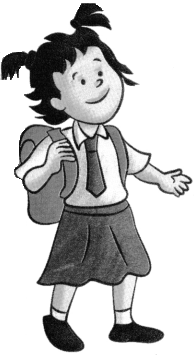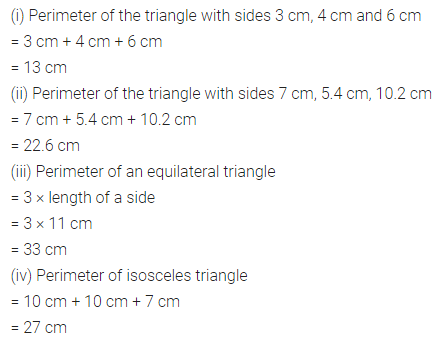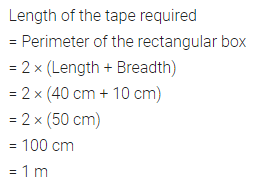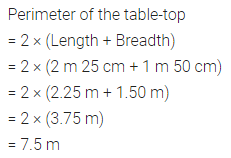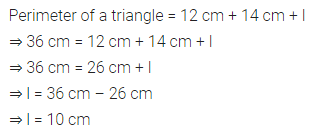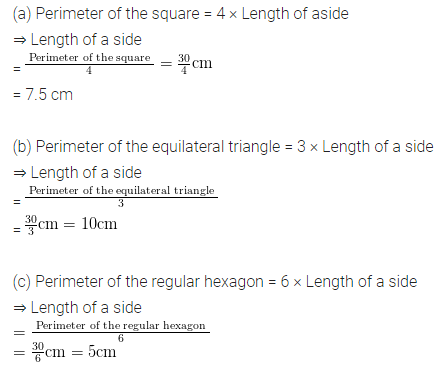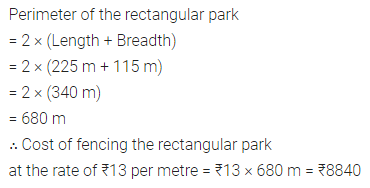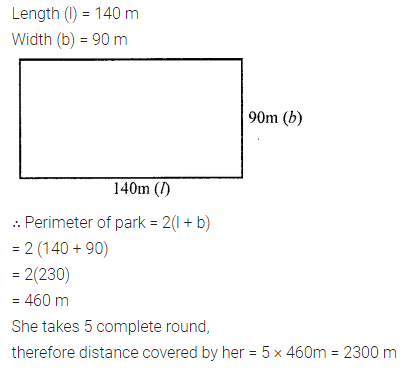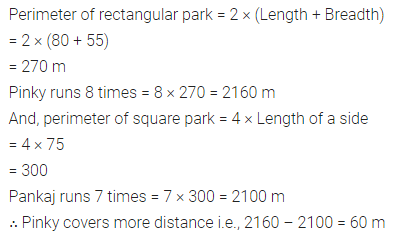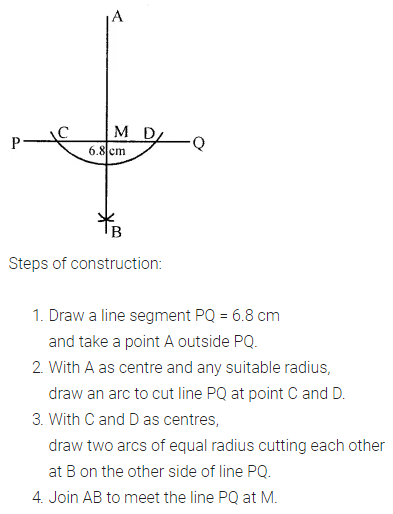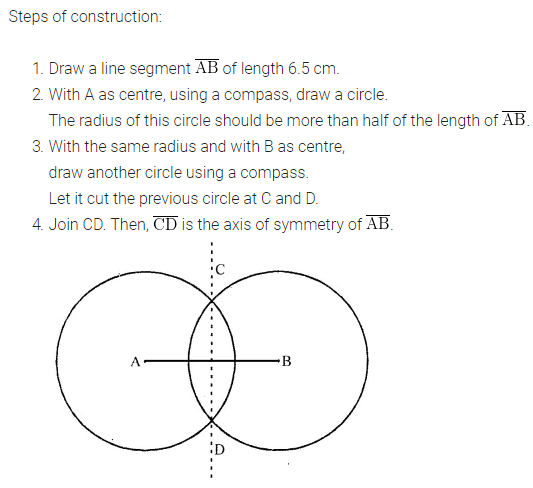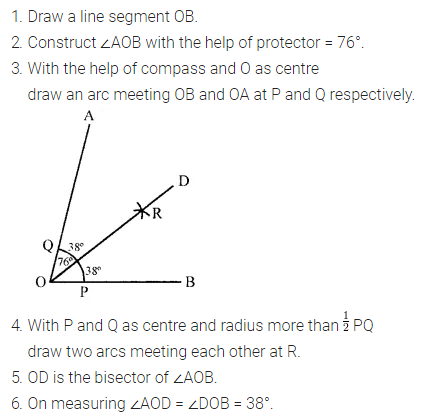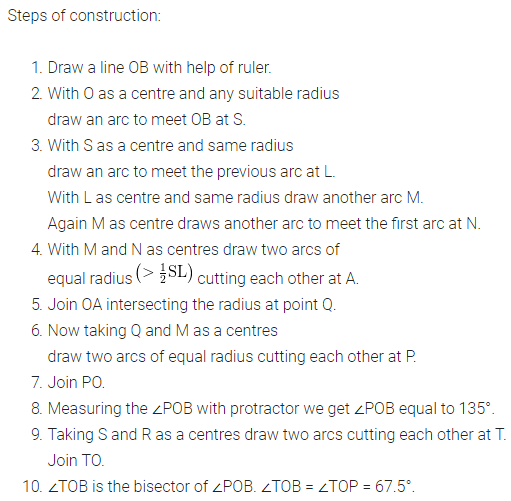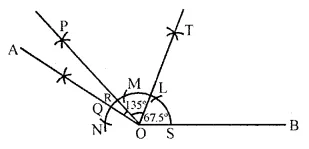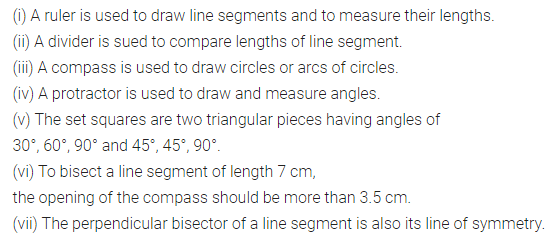ML Aggarwal Class 6 Solutions Chapter 15 Data Handling Ex 15.1 for ICSE Understanding Mathematics acts as the best resource during your learning and helps you score well in your exams.
ML Aggarwal Class 6 Solutions for ICSE Maths Chapter 15 Data Handling Ex 15.1
Question 1.
Following is the choice of 20 students of class VI of a school:
Banana, Apple, Guava, Orange, Apple, Banana, Orange, Guava, Banana, Banana, Apple, Banana, Apple, Banana, Orange, Guava, Apple, Banana, Guava, Banana.
(i) Arrange the name of fruits in a table using tally marks.
(ii) Which fruit is liked by the maximum number of students?
(iii) Which fruit is liked by the minimum number of students?
Solution:
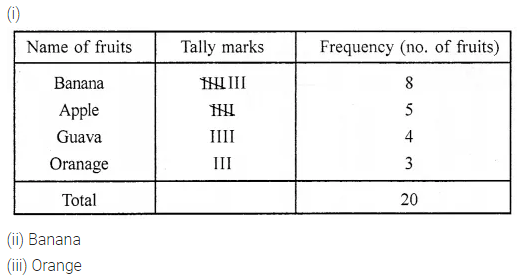
Question 2.
In a ready-made garment shop, on a particular day the following sizes of shirts were sold:
34, 38, 42, 40, 44, 32, 34, 36, 42, 40, 44, 36, 38, 42, 44, 40, 38, 40, 42, 32, 34, 38, 42, 40, 36, 42, 40, 38, 36, 40.
Arrange the above data in ascending order and construct a frequency distribution table. Also, answer the following questions:
(i) Which shirt size had the maximum sale?
(ii) Which shirt size had the minimum sale?
(iii) The number of shirts sold of size 42 or greater than size 42.
Solution:
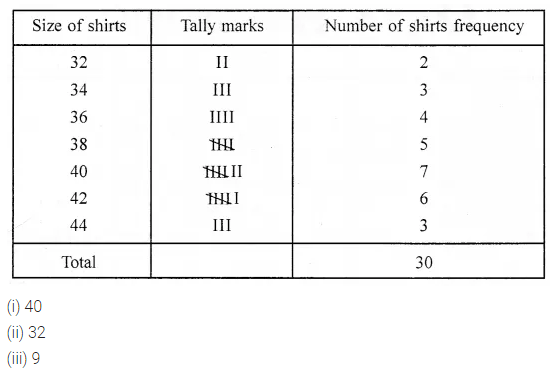
Question 3.
In a Mathematics test, the following marks were obtained by 40 students. Arrange these marks in a table using tally marks.

(i) Construct a frequency distribution table for the above data.
(ii) Find how many students obtained 7 marks or more than 7 marks.
(iii) How many students obtained marks below 4?
Solution:

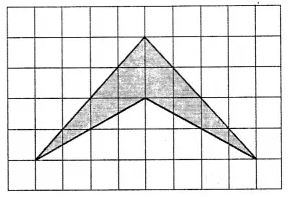
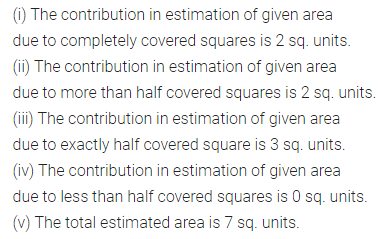
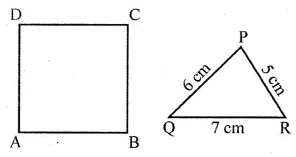
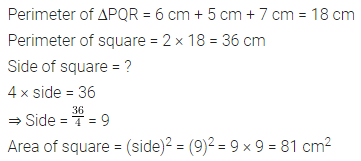
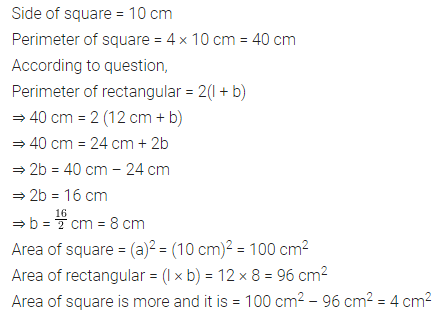

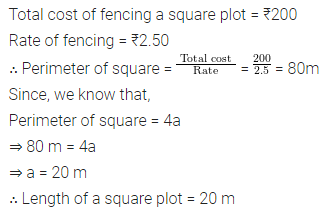

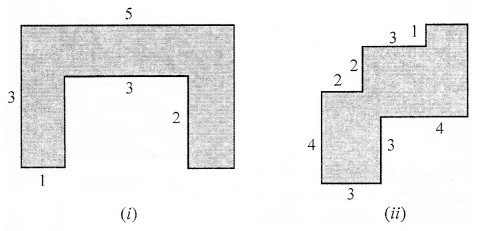
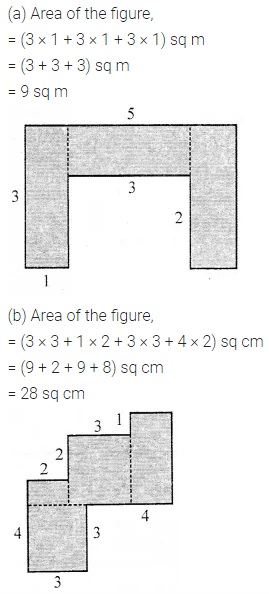
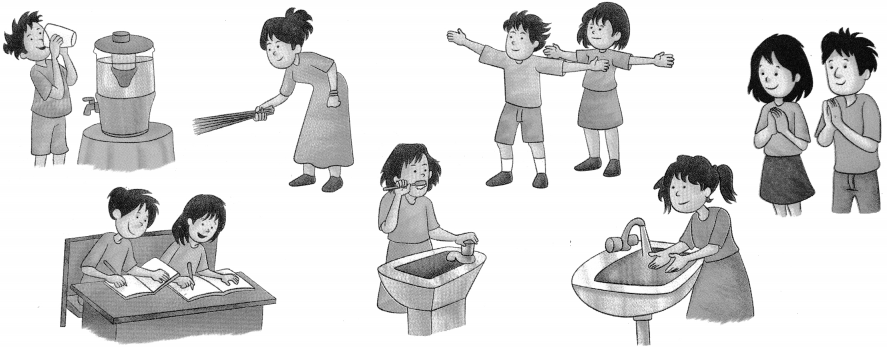

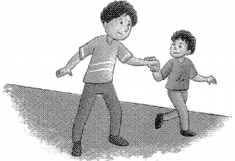
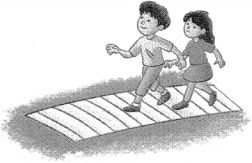
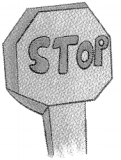

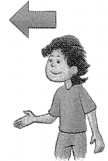






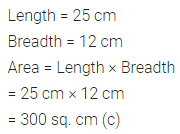

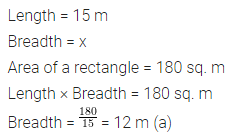

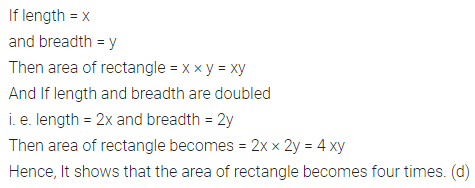
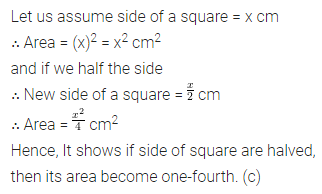
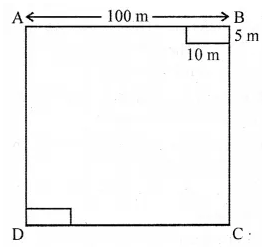


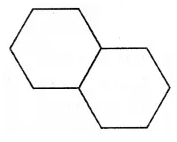

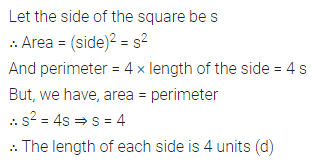


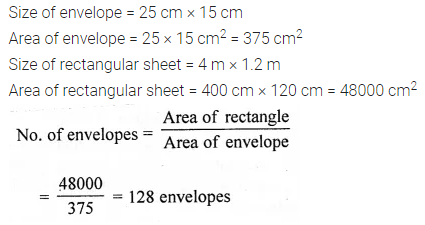

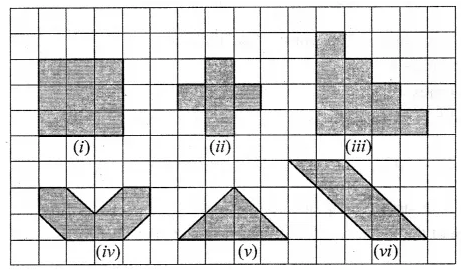


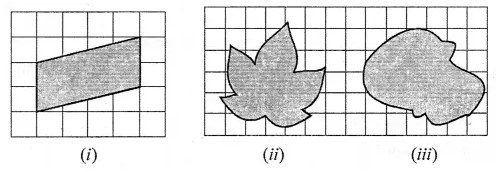
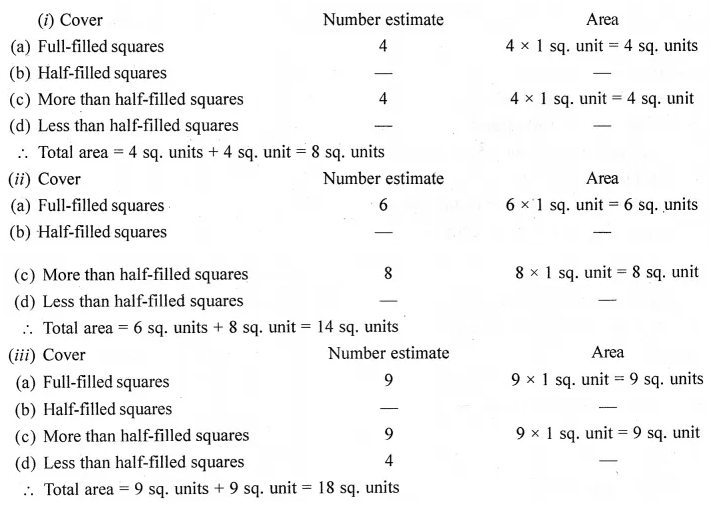


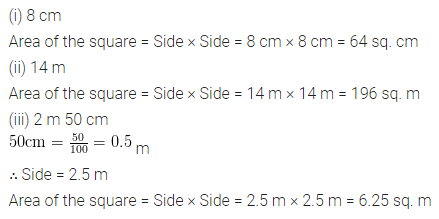

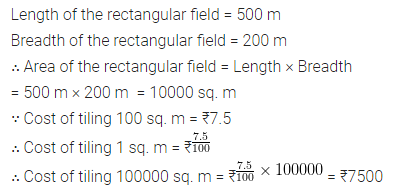
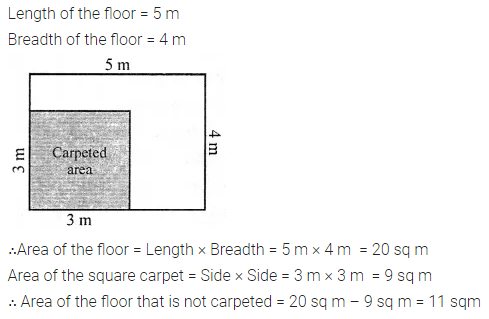
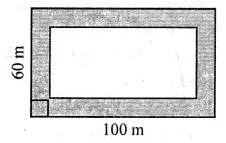


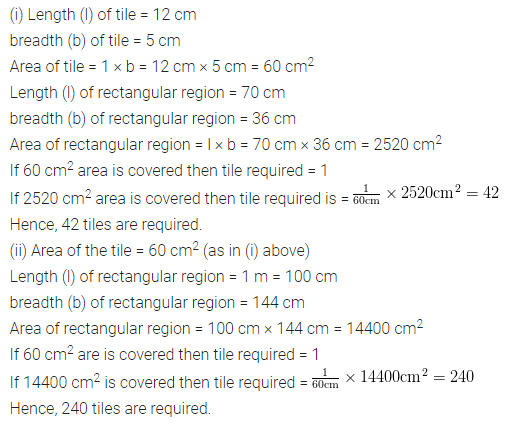

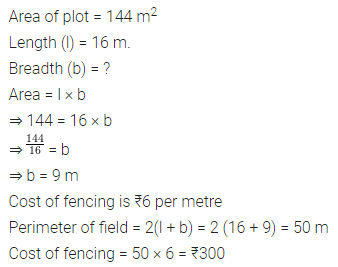
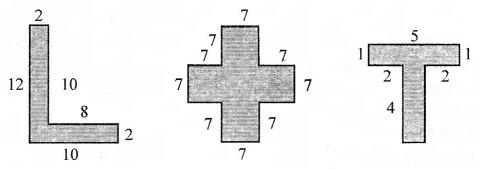
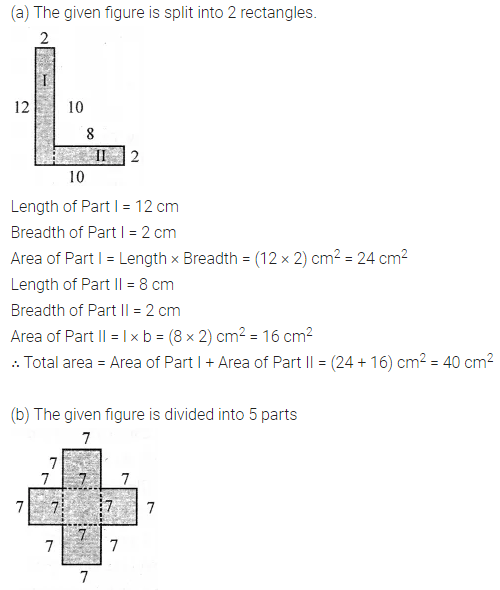
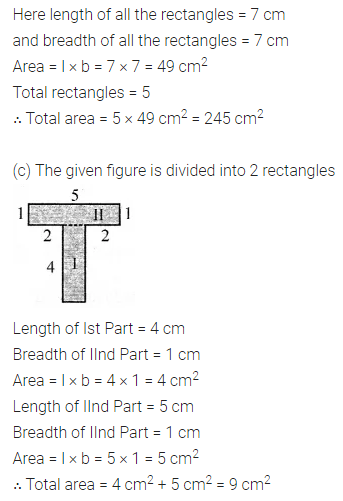
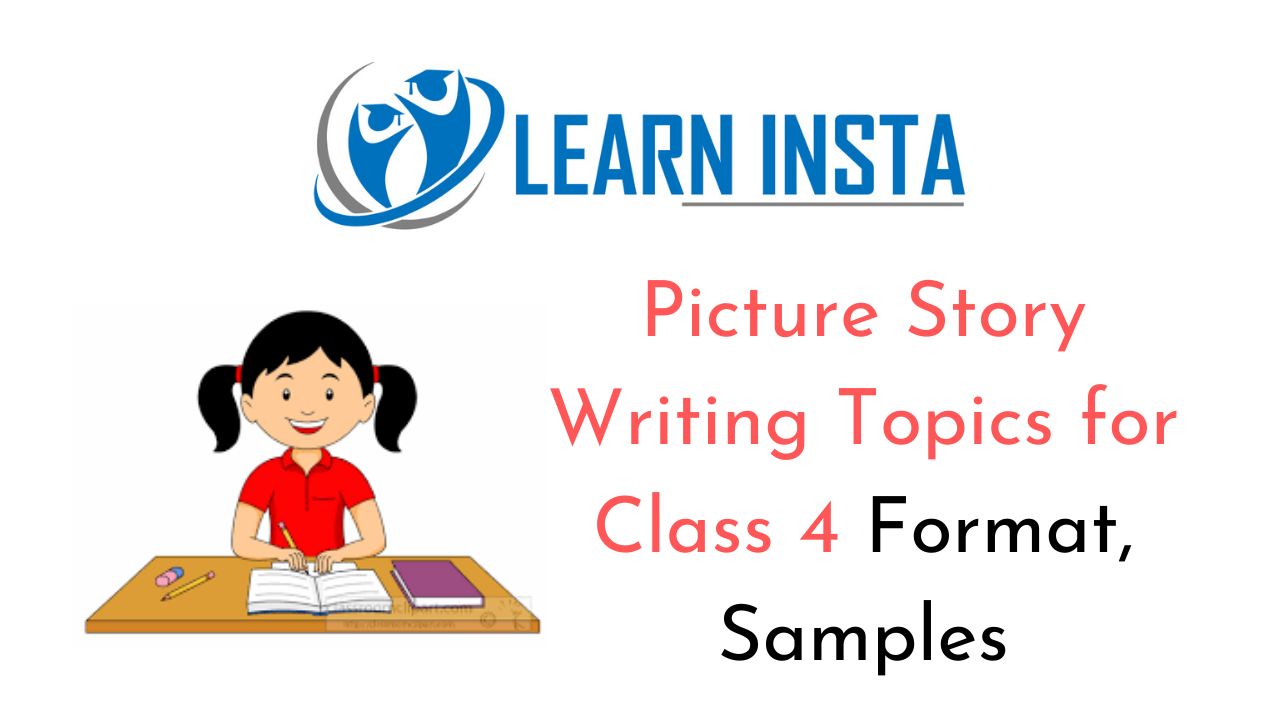 This grammar section explains
This grammar section explains 
